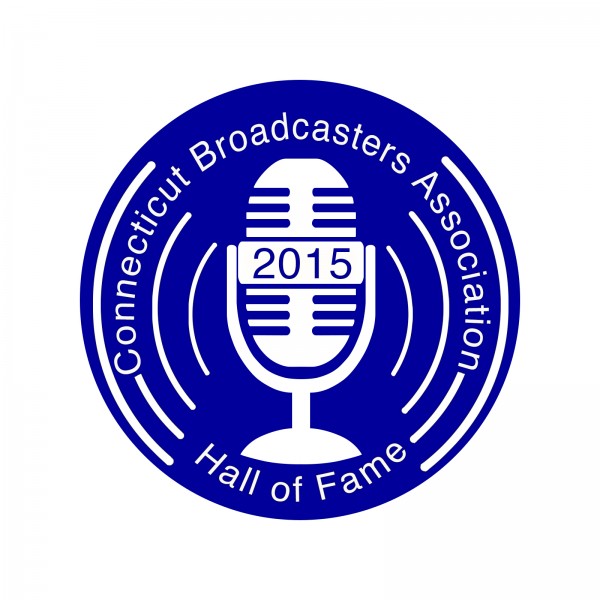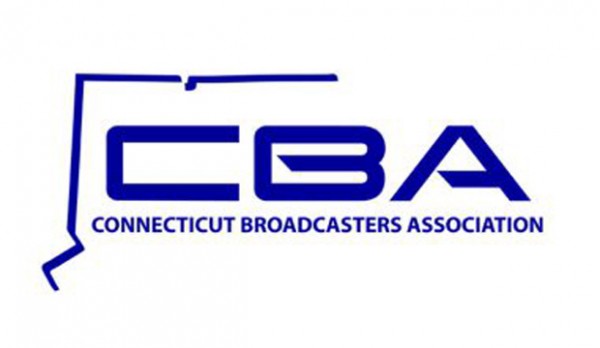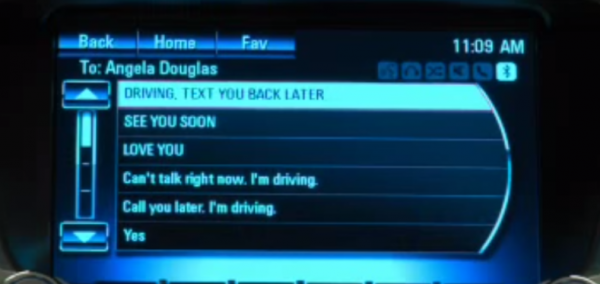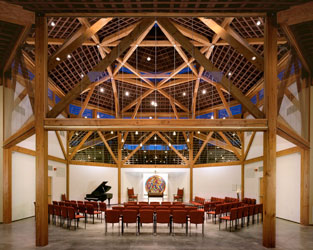12 Reach Connecticut Broadcasters Hall of Fame
/The 60th annual convention of the Connecticut Broadcasters Association (CBA) this week featured more than an array of informative seminars for radio/tv sales, news, programming, production, engineering, and technology professionals. The attention-grabber was the first-ever induction ceremony for the newly launched CBA Hall of Fame.
The honorees were a who’s who of broadcasting history in the state, including some very familiar names, and some less so. Earning their place in the Hall of Fame were NBC Connecticut anchor Gerry Brooks, WFSB anchor Denise D’Ascenzo, WDRC talk show host Brad Davis, FOX 61's Al Terzi, WWUH general manager John Ramsey, WMRD sportscaster Bill Glynn, Radio Cumbre Broadcasting president/CEO Pablo de Jesus Colon Jr., NBC CT engineer Joe DiMaggio, Cox Radio's Rick Ferguson. Recognized posthumously were WTIC sportscaster Arnold Dean, WCCC and WHCN veteran Boyd Arnold, and WMRD’s Ed Henry.
“The Connecticut Broadcasters Association has served the common interests of radio and television broadcasters in our state since 1955 and, ultimately, the Connecticut community statewide,” Klarn DePalma, chair of the Connecticut Broadcasters Association, said in announcing the group of inductees earlier this year. “We have created this ‘Connecticut Broadcasters Association Hall of Fame’ to honor remarkable individuals for their long and particularly distinguished service to the broadcasting industry and to the people of Connecticut.”
Boyd Arnold was one of the founders of the Hartford Radio Association and a longtime board member. He was a partner and VP/GM of Beck-Ross Communications’ WHCN(FM), and later, for Marlin Broadcasting’s WCCC(FM). A mentor for numerous radio professionals, Boyd was involved with the Connecticut Broadcasters Association for as a board member, treasurer and president.
In addition to his TV work at WFSB and NBC Connecticut, Gerry Brooks began his career as news director for WAVZ(AM) radio in New Haven, and as a reporter for WMAS radio in Springfield, Mass. He then worked as sports director at WPOP news radio in Hartford while also serving as weekend sports Anchor for WVIT and provided color for University of Connecticut basketball games on the Connecticut Radio Network.
Pablo de Jesus Colon Jr. pioneered Hispanic radio in Connecticut. He spent two decades at WLVH in the roles of radio announcer, PD, sales manager and executive vice president. In 1989, he co-founded Radio Cumbre Broadcasting, WCUM in Bridgeport, and today is its president and CEO.
Denise D’Ascenzo is a nine-time Emmy Award and seven-time Associated Press-winning journalist who also has earned distinction as the longest serving news anchor at a single TV station. She came to Channel 3 in 1986 and is host of “Advancing Medicine.”
Brad Davis began working at a radio station in Chicopee, Mass., in 1956. He was hired by Channel 3 (then WTIC) to host “The Brad Davis Show” for 11 years. Prior to joining WDRC, he also did radio work at WTIC-AM. And, since 1977, he has continuously hosted his own early morning talk show on WDRC that now also is heard on WMMW Meriden, WWCO Waterbury and WSNG Torrington, on the Tal k of Connecticut network.
k of Connecticut network.
Arnold Dean, joined WTIC-AM in 1965, was its sports director and the originator of the station’s nightly sports talk program, and did play-by-play for a range of live sports broadcasts. He also hosted music shows on the station.
Joe Dimaggio began his engineering career at WVIT in 1968. When he started in the industry he worked on 16mm and black & white film as a camera operator. He has done everything from lighting shows to operating master control, and then to his long career in engineering management.
Richard Ferguson retired in May 2006 after more than 40 years in radio. He served as chief operating officer and later as EVP of Cox Radio starting when Cox acquired NewCity Communications, a radio group he co-founded and led as president/CEO. He was a member of the Cox Radio Board from 199 7 through 2006, and continues to consult. He has also served multiple terms as chairman of the NAB. Prior to founding NewCity Communications, he was president of Katz Broadcasting Co.
7 through 2006, and continues to consult. He has also served multiple terms as chairman of the NAB. Prior to founding NewCity Communications, he was president of Katz Broadcasting Co.
Bill Glynn of Wethersfield is the “voice” of high school sports and minor league baseball in Connecticut. He began his broadcasting career with WMRD in Middletown (originally WCNX).
Ed Henry hosts “Polish Melodies Show,” which airs every Sunday on WMRD and WLIS(AM), Old Saybrook, for 65 consecutive years.
John Ramsey, of West Hartford, entered the industry as a part-time announcer at the University of Hartford’s WWUH(FM) in 1970, and became a broadcast engineer in 1978. He currently is general manager of WWUH and is secretary of Chapter 14 of the Society of Broadcast Engineers, president of the Torrington Community Radio Foundation (licensee of WAPJ-FM in Torrington), and is the webmaster for HartfordRadioHistory.com.
Al Terzi has news anchored at three of Connecticut’s TV network affiliates over the past 47 years. He began his career at WTIC as a staff announcer in 1968. He stepped down as a daily anchor last year, but still co-hosts the station’s weekly political show “The Real Story.”
Established in 1955, the Connecticut Broadcasters Association is celebrating its 60th year as a respected industry leader in legal, governmental, education and community issues on both the State and National levels. Members include broadcast TV stations, radio stations, vendors and companies with a business interest in broadcasting, educational facilities, and individuals with involvement in the broadcasting industry.
Member radio and TV stations also participate in Connecticut Broadcasters Association public service campaigns supporting the work of the Connecticut Department of Public Safety’s Office of Statewide Emergency Telecommunications – Emergency Alert System (EAS) and AMBER Alert programs, among other efforts.
Highlight videos for the 12 inductees:
https://youtu.be/ffPKNJPtwek?list=PLJyWxh-cfxLshUszNWljlpPGNA4f0hbAu








 Eveleigh was nominated for the state Supreme Court by Gov. Rell in 2010, after having initially been appointed to the Superior Court in October 1998 by Gov. Rowland.
Eveleigh was nominated for the state Supreme Court by Gov. Rell in 2010, after having initially been appointed to the Superior Court in October 1998 by Gov. Rowland.









 uth Dakota, Wisconsin, and Minnesota, where it ranks 2nd. Anderson also ranks high in Massachusetts and Rhode Island, at #6.
uth Dakota, Wisconsin, and Minnesota, where it ranks 2nd. Anderson also ranks high in Massachusetts and Rhode Island, at #6. The #10 surname in the U.S. is Wilson, which is described as having “a checkerboard-like popularity across the United States.” In Connecticut, Wilson ranks as the 13th most popular last name.
The #10 surname in the U.S. is Wilson, which is described as having “a checkerboard-like popularity across the United States.” In Connecticut, Wilson ranks as the 13th most popular last name.





























